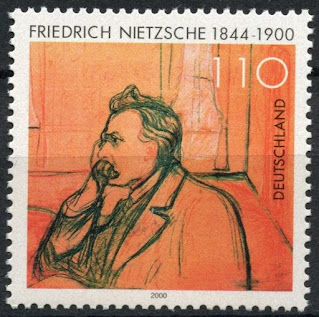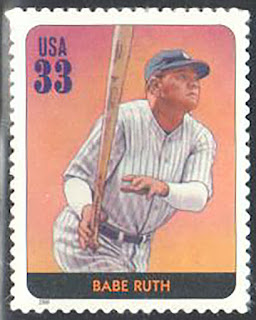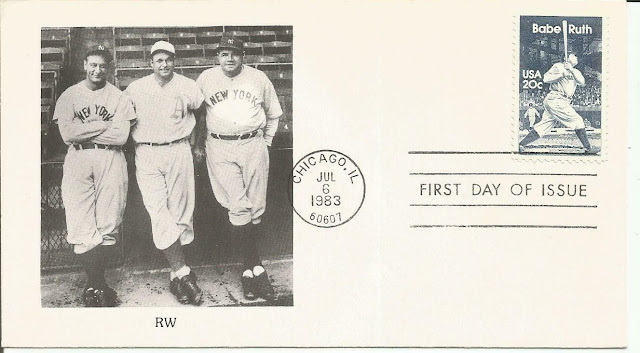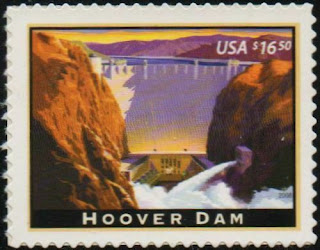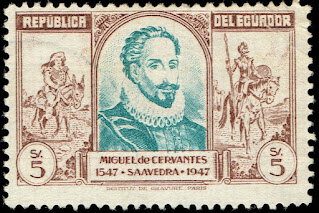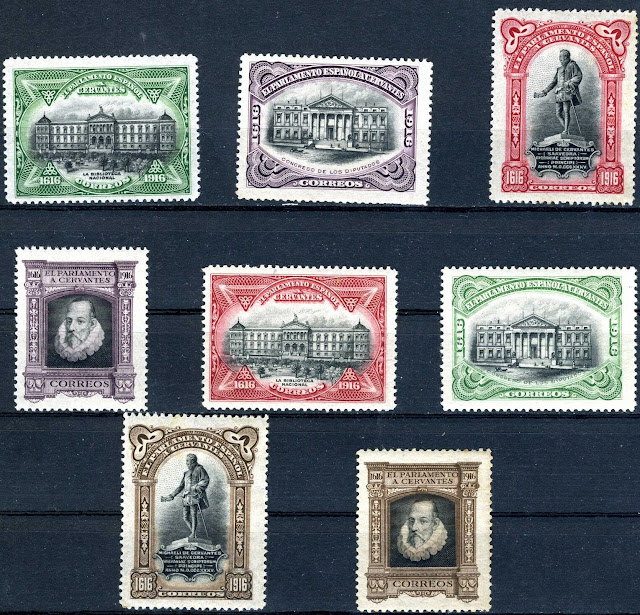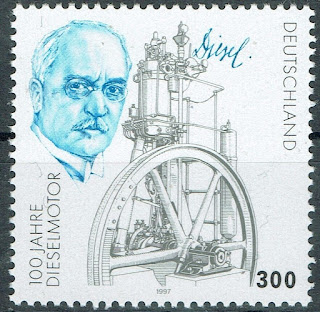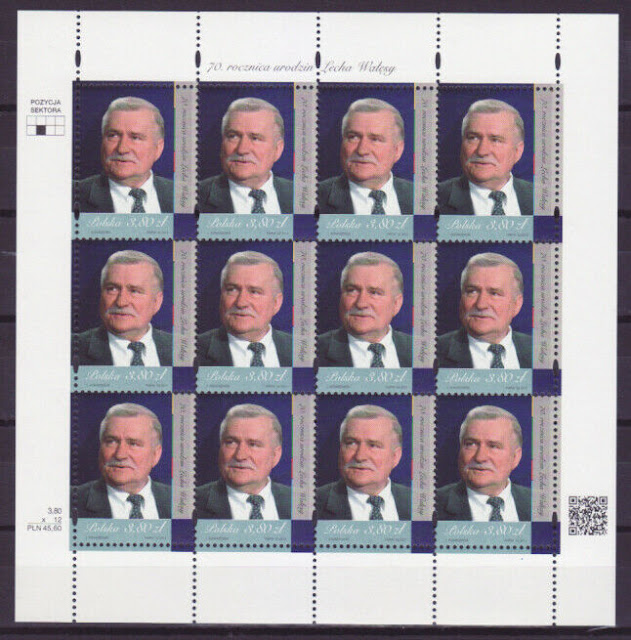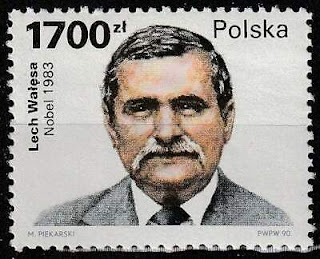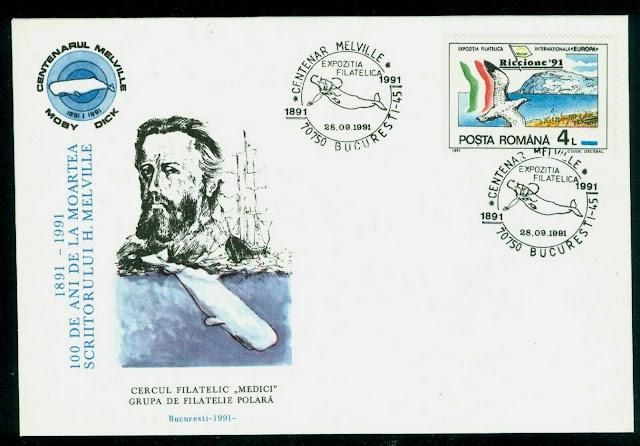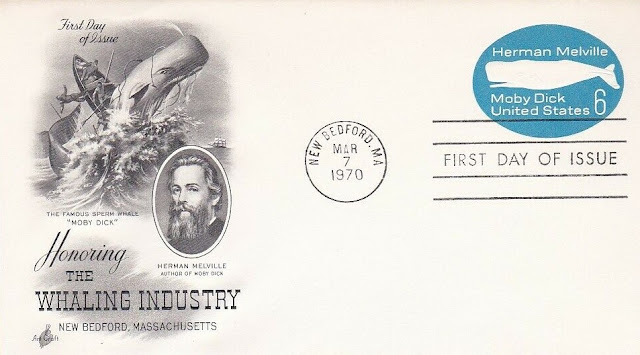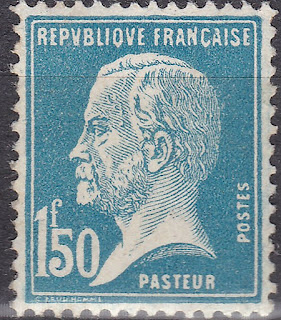Here are some events that happened on October 16th. It could be an event or a person that died or was born on that day
1758 Born: Noah Webster, American lexicographer (d. 1843)
Noah Webster Jr. (October 16, 1758 – May 28, 1843) was an American lexicographer, textbook pioneer, English-language spelling reformer, political writer, editor, and prolific author. He has been called the "Father of American Scholarship and Education". His "Blue-backed Speller" books taught five generations of American children how to spell and read. Webster's name has become synonymous with "dictionary" in the United States, especially the modern Merriam-Webster dictionary that was first published in 1828 as An American Dictionary of the English Language.
Born in West Hartford, Connecticut, Webster was graduated from Yale College in 1778. He passed the bar examination after studying law under Oliver Ellsworth and others, but was unable to find work as a lawyer. He found some financial success by opening a private school and writing a series of educational books, including the "Blue-Backed Speller." A strong supporter of the American Revolution and the ratification of the United States Constitution, Webster later criticized American society for being in need of an intellectual foundation. He believed that American nationalism was superior to Europe because American values were superior.
In 1793, Alexander Hamilton recruited Webster to move to New York City and become an editor for a Federalist Party newspaper. He became a prolific author, publishing newspaper articles, political essays, and textbooks. He returned to Connecticut in 1798 and served in the Connecticut House of Representatives. Webster founded the Connecticut Society for the Abolition of Slavery in 1791 but later became somewhat disillusioned with the abolitionist movement.
In 1806, Webster published his first dictionary, A Compendious Dictionary of the English Language. The following year, he started working on an expanded and comprehensive dictionary, finally publishing it in 1828. He was very influential in popularizing certain spellings in the United States. He was also influential in establishing the Copyright Act of 1831, the first major statutory revision of U.S. copyright law. While working on a second volume of his dictionary, Webster died in 1843, and the rights to the dictionary were acquired by George and Charles Merriam.
US stamp depicting Noah Webster
1803 Born: Robert Stephenson, English railway and civil engineer (d. 1859)
Robert Stephenson (16 October 1803 – 12 October 1859) was an English railway and civil engineer. The only son of George Stephenson, the "Father of Railways", he built on the achievements of his father. Robert has been called the greatest engineer of the 19th century.
Stamp from Great Britain with a postmark to commemorate Robert Stephenson's 125 year death anniversary
1854 Born: Oscar Wilde, Irish playwright, novelist, and poet (d. 1900)
Oscar Fingal O'Flahertie Wills Wilde (16 October 1854 – 30 November 1900) was an Irish poet and playwright. After writing in different forms throughout the 1880s, the early 1890s saw him become one of the most popular playwrights in London. He is best remembered for his epigrams and plays, his novel The Picture of Dorian Gray, and the circumstances of his criminal conviction for gross indecency for consensual homosexual acts, imprisonment, and early death at age 46.
Wilde's parents were Anglo-Irish intellectuals in Dublin. A young Wilde learned to speak fluent French and German. At university, Wilde read Greats; he demonstrated himself to be an exceptional classicist, first at Trinity College Dublin, then at Oxford. He became associated with the emerging philosophy of aestheticism, led by two of his tutors, Walter Pater and John Ruskin. After university, Wilde moved to London into fashionable cultural and social circles.
As a spokesman for aestheticism, he tried his hand at various literary activities: he published a book of poems, lectured in the United States and Canada on the new "English Renaissance in Art" and interior decoration, and then returned to London where he worked prolifically as a journalist. Known for his biting wit, flamboyant dress and glittering conversational skill, Wilde became one of the best-known personalities of his day. At the turn of the 1890s, he refined his ideas about the supremacy of art in a series of dialogues and essays, and incorporated themes of decadence, duplicity, and beauty into what would be his only novel, The Picture of Dorian Gray (1890). The opportunity to construct aesthetic details precisely, and combine them with larger social themes, drew Wilde to write drama. He wrote Salome (1891) in French while in Paris but it was refused a licence for England due to an absolute prohibition on the portrayal of Biblical subjects on the English stage. Unperturbed, Wilde produced four society comedies in the early 1890s, which made him one of the most successful playwrights of late-Victorian London.
At the height of his fame and success, while The Importance of Being Earnest (1895) was still being performed in London, Wilde prosecuted the Marquess of Queensberry for criminal libel. The Marquess was the father of Wilde's lover, Lord Alfred Douglas. The libel trial unearthed evidence that caused Wilde to drop his charges and led to his own arrest and trial for gross indecency with men. After two more trials he was convicted and sentenced to two years' hard labour, the maximum penalty, and was jailed from 1895 to 1897. During his last year in prison, he wrote De Profundis (published posthumously in 1905), a long letter which discusses his spiritual journey through his trials, forming a dark counterpoint to his earlier philosophy of pleasure. On his release, he left immediately for France, never to return to Ireland or Britain. There he wrote his last work, The Ballad of Reading Gaol (1898), a long poem commemorating the harsh rhythms of prison life.
Irish stamps depicting Oscar Wilde
1964 – Leonid Brezhnev becomes leader of the Soviet Communist Party, while Alexei Kosygin becomes the head of government.
Leonid Ilyich Brezhnev (19 December 1906 – 10 November 1982) was a Soviet politician. The fifth leader of the Soviet Union, he served as General Secretary of the Central Committee of the governing Communist Party of the Soviet Union (CPSU) from 1964 until his death in 1982. His 18-year term as general secretary was second only to Joseph Stalin's in duration. While Brezhnev's rule was characterized by political stability and notable foreign policy successes, it was also marked by corruption, inefficiency, and rapidly growing technological gaps with the West.
Brezhnev's conservative, pragmatic approach to leadership significantly stabilized the position of the Soviet Union and its ruling party. Whereas Khrushchev routinely disregarded the rest of the Politburo while exercising his authority, Brezhnev was careful to minimize dissent among the Party membership by reaching decisions through consensus. Additionally, while pushing for détente between the two Cold War superpowers, he achieved Soviet nuclear parity with the United States and legitimized his country's hegemony over Eastern Europe. Furthermore, the massive arms buildup and widespread military interventionism under Brezhnev's regime significantly expanded the Soviet Union's global influence (particularly in the Middle East and Africa).
Conversely, Brezhnev's hostility to political reform ushered in an era of societal decline known as the Brezhnev Stagnation. In addition to pervasive corruption and falling economic growth, this period was characterized by an increasing technological gap between the Soviet Union and the West. Upon coming to power in 1985, Mikhail Gorbachev denounced Brezhnev's government for its pervasive inefficiency and inflexibility before implementing policies to liberalize the Soviet Union.
After 1975, Brezhnev's health rapidly deteriorated and he increasingly withdrew from international affairs. Following years of declining health, he died on 10 November 1982 and was succeeded as general secretary by Yuri Andropov.
Stamps from Russia and East Germany depicting Leonid Brezhnev













